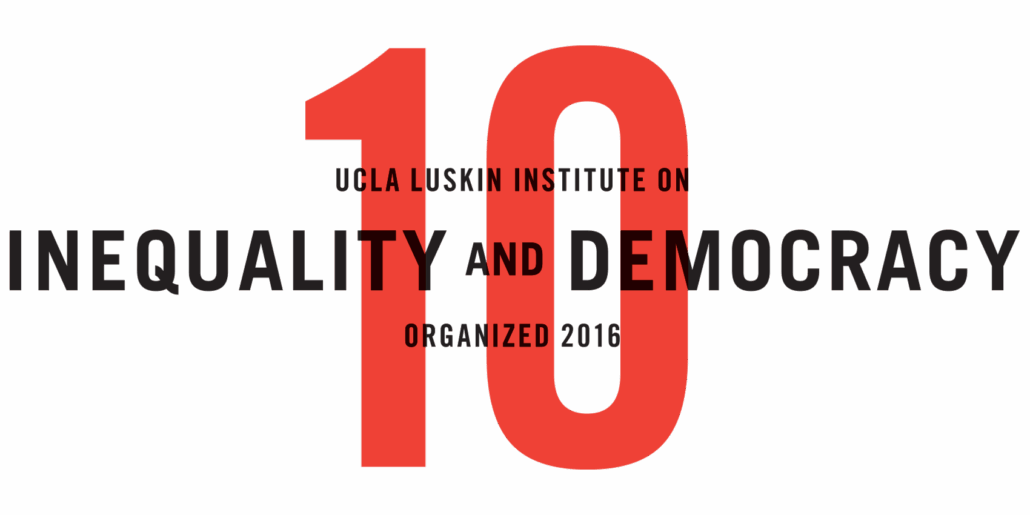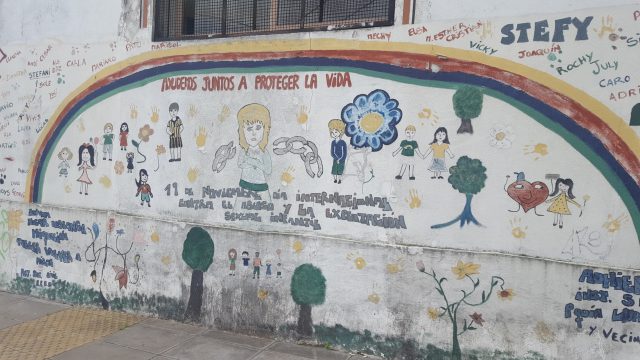The mural in Argentina calls for youth justice. Image credit: Laura Montero
Youth Justice in Four Countries: Defining Criminal Responsibility in Law and Practice
Laura S. Abrams, Social Welfare, UCLA
Over the past century, countries across the globe have developed specialized courts, probation systems, and correctional institutions for youth (often termed juveniles or minors) to distinguish youth from adults. The separate systems for youth are presumably geared more toward rehabilitation than punishment, recognizing a younger person as capable of change, more deserving of rehabilitation, and less culpable than a mature adult for his or her crime (Abrams, 2013). However, the age at which a young person is processed in a juvenile justice system, an adult criminal justice system, or even another system entirely (i.e., the child welfare or social service system) varies widely across nations (Hazel, 2008). There is no uniform way that a person is legally treated as a “child,” “adolescent,” “young adult” or “adult” even though these terms connote gradients of criminal culpability based on age and presumed cognitive and moral maturity.
The goal of this study is to investigate the historical development and implementation of policies and practices related to age and justice. We look at a variation in definitions and constructions of age and criminal responsibility, the ways that these policies and practices are currently in flux due to discourses of neo-liberalism, extended age of adolescence, and neuroscience, and what these cases can teach the U.S. about de-incarceration. Purposively selecting four nations as case studies, we pose the following questions:
- How are “children,” “youth,” “young adults,” and “adults” distinguished, discursively and practically, within global criminal justice systems?
- How do state-level policies and institutional practices reflect these constructions?
- What blend of political, economic, or social factors are driving changes and controversies in the policy arena concerning youth justice?
- How do stakeholders, including policy makers, practitioners, and currently and formerly incarcerated youth view the effectiveness of these policies and practices in promoting youth wellbeing and public safety?
- What do these stakeholders view as the most effective legal, institutional, and programmatic strategies for preventing and intervening in youth offending?
In the article below, the authors analyze cross-national variations in how the category of ‘juvenile’ is defined in criminal law and policy. The authors purposively selected the cases of Argentina, Belize, England/Wales, and Finland to maximize differences in the boundaries of the Minimum Age of Criminal Responsibility and the Age of Criminal Majority. Legal analysis identified two key factors: (a) the presence or absence of a distinct juvenile justice system, and (b) the stability (or fluctuation) of youth justice laws and age boundaries. These axes of difference and their various configurations across cases have broader implications for advancing children’s rights.
Read >> What Is a Juvenile? A Cross-National Comparison of Youth Justice Systems (Published 2018)
Read >> The Voluntary Sector Role in Youth and Young Adult Justice Services: A Comparative Case Study of Finland and England/Wales (Published 2019)




